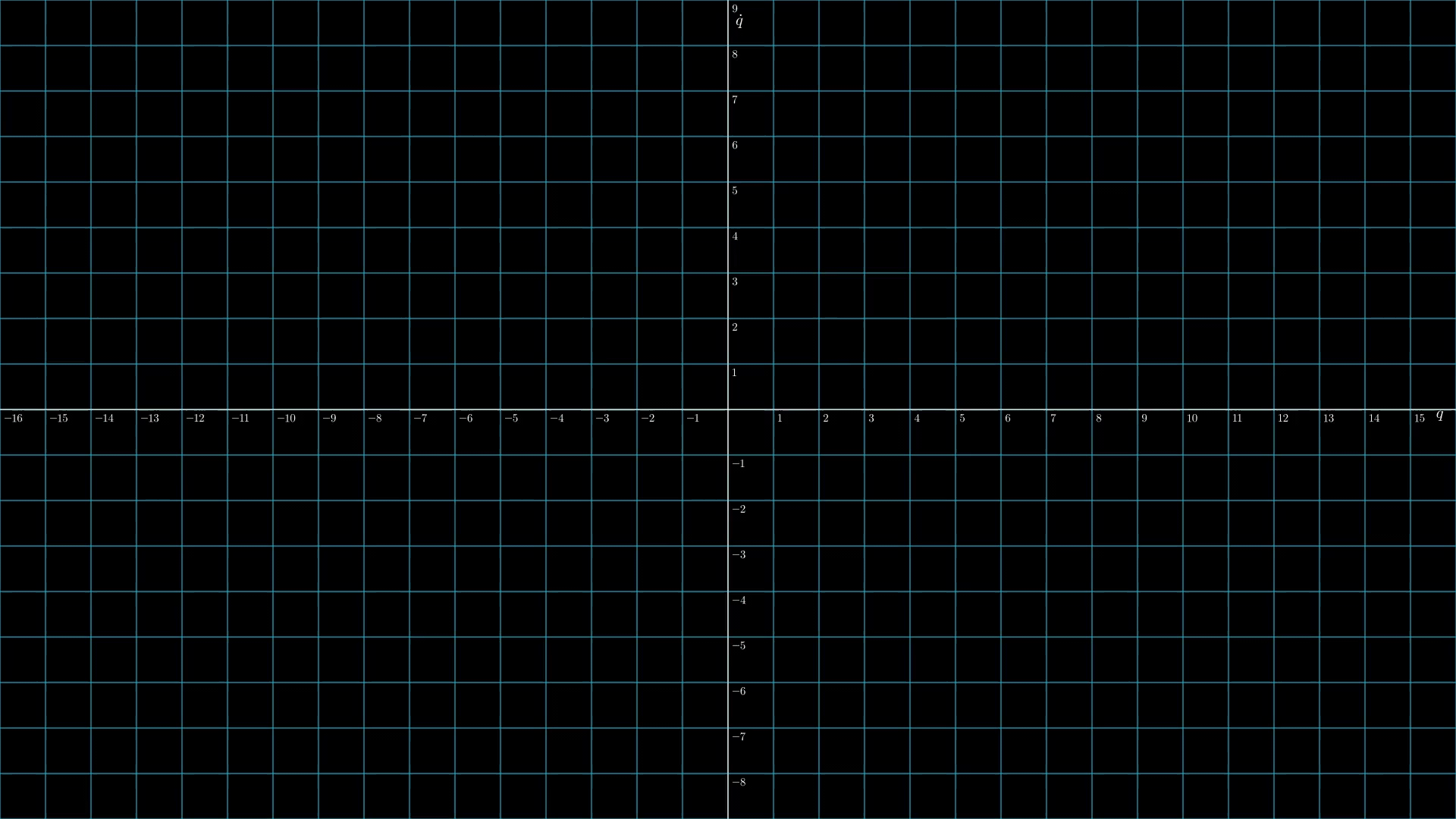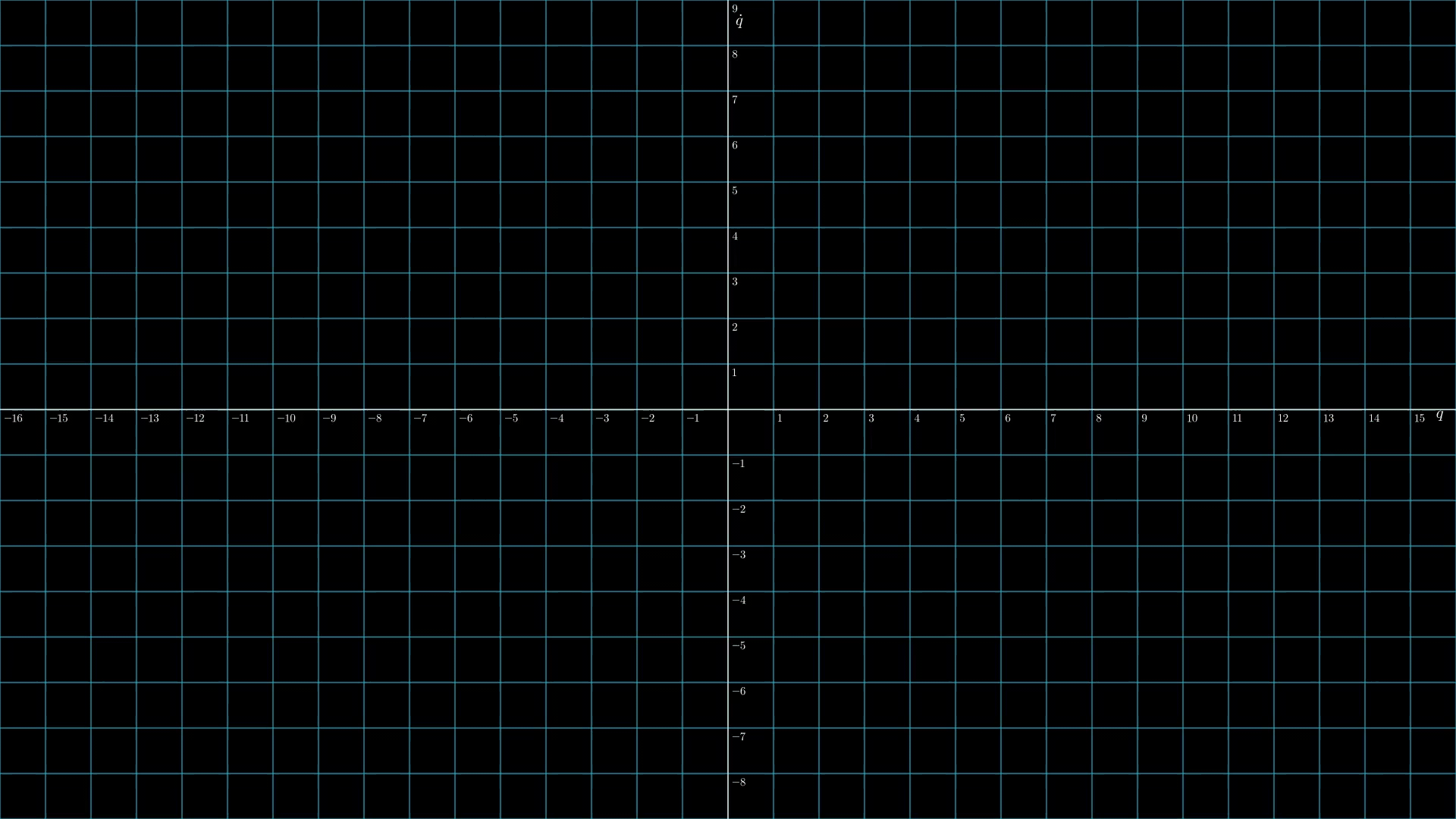Gradients and Directional Derivatives: A Closed Curve Perspective
A gentle introduction to the fundamentals of nonlinear dynamics and controls
Let us define the state vector \(x = \begin{bmatrix}q \\ \dot{q}\end{bmatrix}\)

The gradient is defined as the vector of partial derivatives of a function with respect to each of its independent variables. The gradient of a scalar function \(V(x)\) is denoted as \(\nabla V(x)\) and is defined as:
\[\nabla V(x) = \begin{bmatrix}\frac{\partial V(x)}{\partial q} \\ \frac{\partial V(x)}{\partial \dot{q}}\end{bmatrix}\]note that upon plotting the gradient vectors at multiple points on the curve \(V(x)=<x,x>=r^2\), we get a vector field that points in the direction of the steepest ascent of the closed curve \(V(x)=r^2\).
Notice the gradient vector is orthogonal to the red level curve of the function \(V(x)=r^2\) with \(r=3\).
This is because the gradient vector is orthogonal to the level curve of the function \(V(x)\) at a point \(x\).

where \(k = \begin{bmatrix}1/a \\ 1/b \end{bmatrix}\)
let us now conder the dynamics of a nonlinear system given by:
\[\dot{x} = f(x)\]where \(x \in \mathbb{R}^n\) and \(f(x) \in \mathbb{R}^n\)
The directional derivative of \(V(x)\) along the trajectory of the system is given by:
\[\frac{dV(x)}{dt} = \frac{\partial V(x)}{\partial x} \frac{dx}{dt} = \nabla V(x)^T f(x)\]The directional derivative of \(V(x)\) along the trajectory of the system is the dot product of the gradient of \(V(x)\) and the vector field \(f(x)\)
\[(or)\]The directional derivative of \(V(x)\) along the trajectory of the system is the rate of change of \(V(x)\) along the trajectory of the system.
A key idea arises from the fact that the gradient at each point on the curve \(V(x)\) is orthogonal to the level curve but when taken an inner product with the vector field \(f(x)\) resolves into a scalar that indicates how aligned the gradient vector is with the vector field \(f(x)\) at that point.
if the scalar is positive, \(\frac{dV(x)}{dt} > 0\) then the gradient vector is aligned with the vector field \(f(x)\) and hence the curve \(V(x)\) is expanding in the direction of the vector field \(f(x)\).
if the scalar is negative, \(\frac{dV(x)}{dt} < 0\) then the gradient vector is anti-aligned with the vector field \(f(x)\) and hence the curve \(V(x)\) is squishing in the direction of the vector field \(f(x)\).
if the scalar is zero, \(\frac{dV(x)}{dt} = 0\) then the gradient vector is orthogonal to the vector field \(f(x)\) and hence the curve \(V(x)\) is neither expanding nor squishing in the direction of the vector field \(f(x)\).
KEY-IDEA: Think of it as a measure that indicates the rate of squish/expansion of the curve \(V(x)\) in the directions of the vector field \(f(x)\).